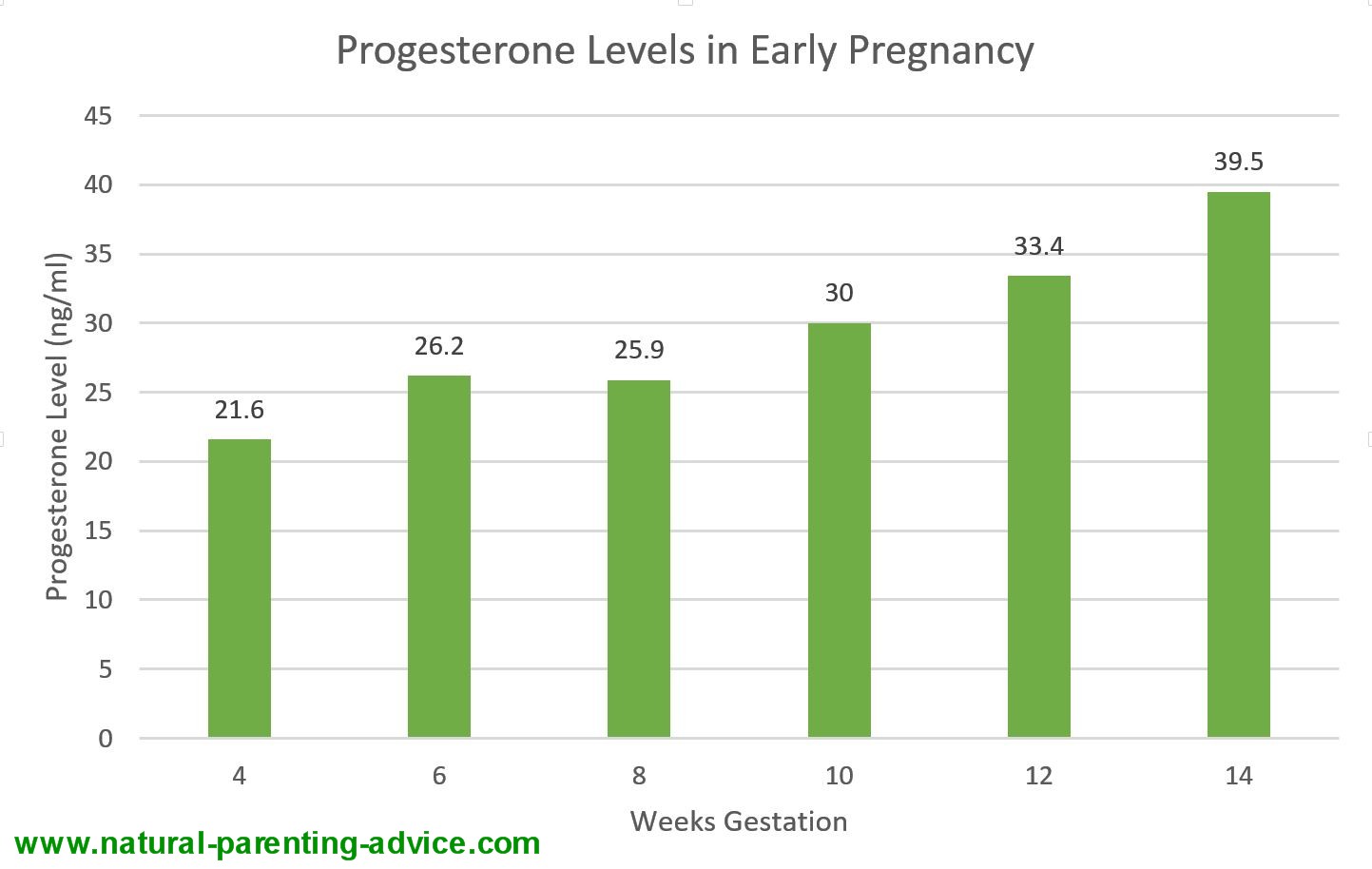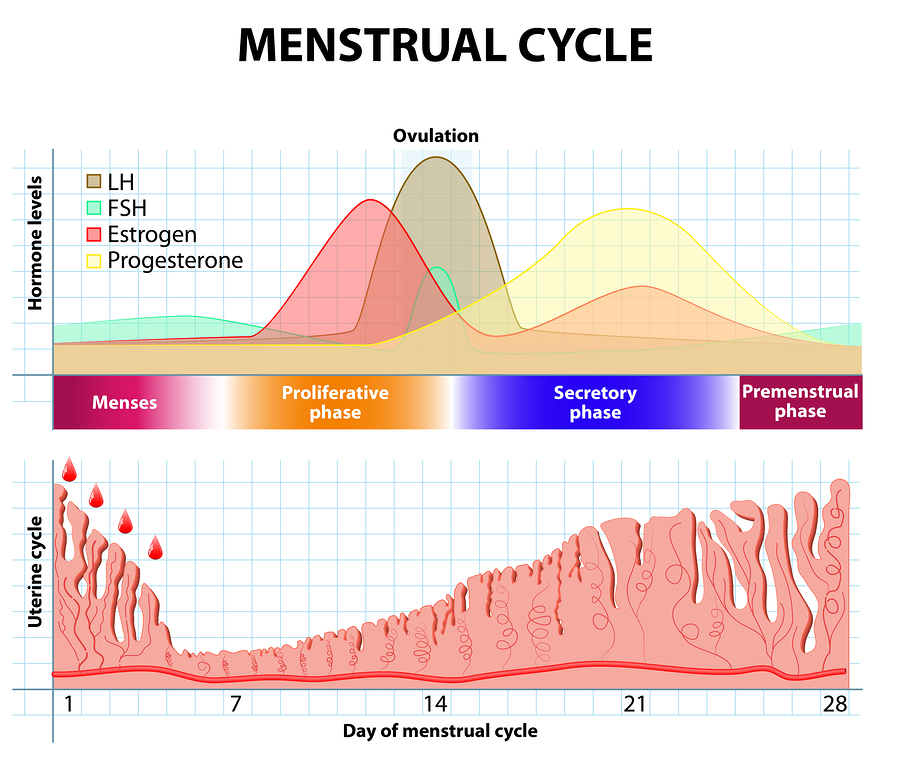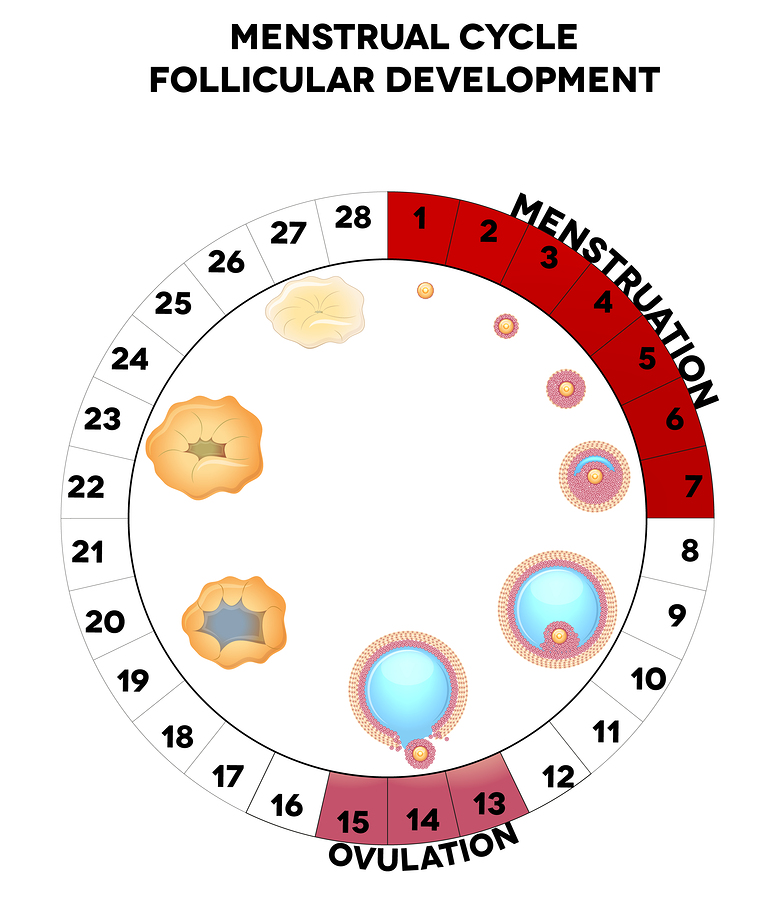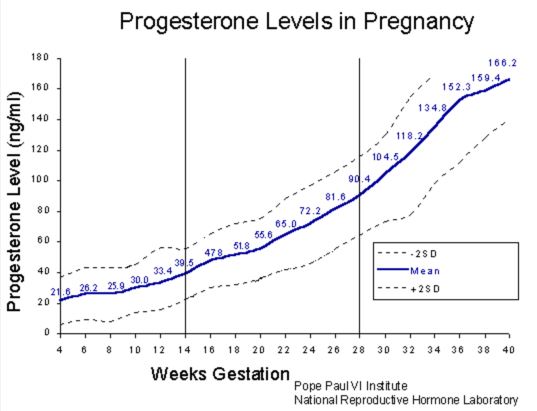Progesterone Levels in Early Pregnancy
x

Progesterone levels in early pregnancy are very important. Progesterone is an important hormone in fertility and is sometimes called the hormone of pregnancy. It plays a vital role in developing a healthy placenta and fetus, particularly during the first trimester.
Estrogen and Progesterone perform a dance every month during a woman’s reproductive cycle. After your period, estrogen levels rise for the first few days until your LH surge and then progesterone levels rise after you ovulate. Estrogen levels fall after ovulation and progesterone levels fall just before your period if you are not pregnant. If you are pregnant, your progesterone levels will continue to rise throughout your pregnancy.
If your progesterone levels are low, your doctor will monitor your pregnancy.
Progesterone is measured in nanograms per milliliter of blood (ng/ml) or nanomoles per liter of blood (nmol/L) .
To convert a test result measured in nmol/l to one measured in ng/ml, divide the nmol/l number by 2.5.
Levels may vary significantly between women, so average ranges are quite wide.
Typical progesterone levels in early pregnancy - week by week
Week 1-2

Gestational age of your baby is tracked from the first day of your last menstrual period. Women have their period for most of the first gestational week. While progesterone levels remain low during both weeks one and two, Estrogen surges during the second week. Ovulation, or release of an egg for fertilization, will usually occur toward the end of the second week.
Although you are not actually pregnant yet, your body is preparing just in case. Your ovaries are producing small amounts of progesterone, with levels around 0.1 to 0.5 ng/ml (0.32 to 1.59 nmol/L), according to this paper that determined hormone reference levels that was published in 2006 in the Journal of Clinical Chemistry and Laboratory Medicine.
Week 3-4

After ovulation, an endocrine body in the ovaries called the corpus luteum begins producing progesterone, and your levels start to increase above 0.80 ng/ml (2.54 nmol/L), say Stricker et al in their Hormone Reference Values paper published in the Journal of Clinical Chemistry and Laboratory Medicine.
Progesterone stimulates the uterine lining to thicken, making it ready for implantation of the fertilized egg. Typically, fertilization occurs early in week 3 (days 13-15 if you have a normal 28 day cycle) progesterone levels in early pregnancy should start to increase by 1 to 3 ng/ml (0.31 - 0.94 nmol/L) every day or two until a peak of 10 to 29 ng/ml (3.14 to 9.12 nmol/L) is reached, according to Schindeler, et al in the January 2004 issue of Gynecological Endocrinology.
Get all of our best pregnancy tips. Download our free e-guide today!
Learn how to avoid Gaining too much weight, strategies for Avoiding gestational diabetes and secrets for an easy delivery.
Week 5-6

By week six, the average range of progesterone levels is 10 to 29 ng/ml (3.14 to 9.12 nmol/L), according to Schindler, et al in their paper in the January 2004 issue of "Gynecological Endocrinology".
Most doctors like to see progesterone levels in early pregnancy above 6 to 10 ng/ml (1.89 to 3.14 nmol/L) at this stage, based on a study aimed at using a single progesterone test to predict early pregnancy outcomes that was published in the British Medical Journal in September 2012. This level of progesterone stimulates blood vessel growth in the uterus to maintain a healthy, functioning placenta and nourish the embryo.
The blood vessel growth occurs all over your body, giving your skin what is often called the pregnancy glow. Unfortunately, it can also cause make your skin more sensitive and dry causing rashes and itchiness. Watch our video series Dealing with the Discomforts of Pregnancy for tips for avoiding any unnecessary unpleasantness.
Need to Talk To Someone?
Do be very specific or personal questions you do not feel comfortable discussing in public forums? If so, please meet signing up for a 60 minute mentoring session.
Pregnancy & Childbirth Mentoring
You will be amazed at the Amount of information and can gain confidence in just a few minutes of one-on-one help.
Week 7-8
Between weeks seven and ten, your placenta starts to produce progesterone, replacing the corpus luteum as the primary source for the remainder of your pregnancy. Progesterone levels may plateau or sometimes even decrease slightly during this transitional period.
Progesterone levels in early pregnancy start to increase again after week ten to reach a first-trimester peak of 15 to 60 ng/ml (nmol/L) As you can see from the chart, your progesterone levels will continue to increase throughout your pregnancy. Expect them to be even higher if you are pregnant with twins or triplets.
These higher levels of progesterone relax the smooth muscles in your uterus to help make room for your growing baby and prevent uterine contractions. Unfortunately, the smooth muscle in your digestive tract is also affected which may cause heartburn, indigestion and bloating. It can also cause hemorrhoids and constipation. Watch our video series Dealing with the Discomforts of Pregnancy for tips for avoiding any unnecessary unpleasantness.
More Information
Popular questions others have had that you may want to read about:
· How soon can I find out whether my baby is a boy or a girl?
· Is this discharge in my panties normal?
· Why do my joints hurt so badly?










New! Facebook Comments
Tell us what you think!